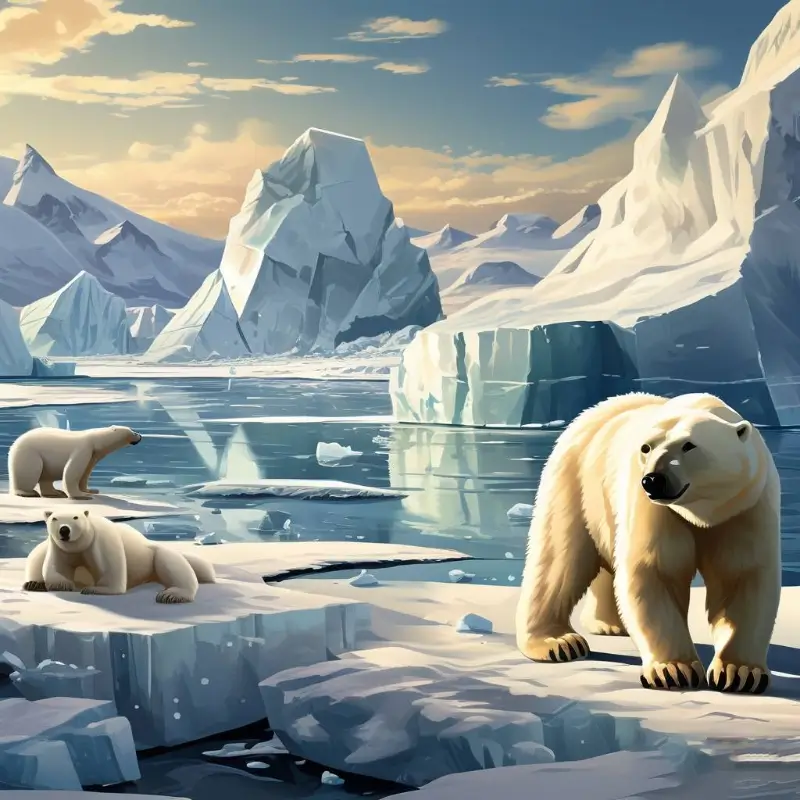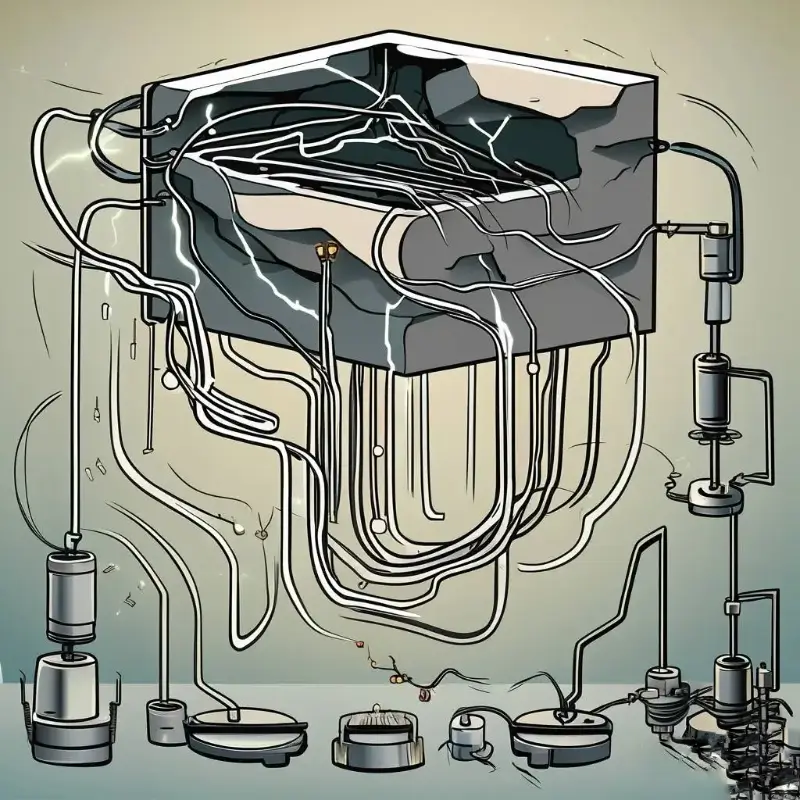why does the north pole move?
The North Pole, which refers to the Earth’s rotational axis’s northernmost point, appears to move due to a phenomenon called polar motion. This motion is caused by a combination of factors:
- Chandler Wobble: A small and irregular movement of the Earth’s axis of rotation relative to the Earth’s crust. Discovered by astronomer Seth Carlo Chandler in 1891, this wobble is caused by interactions between the Earth’s slightly nonspherical shape and the gravitational pull from the Moon and Sun, as well as atmospheric and oceanic mass redistributions. The Chandler wobble causes the pole to oscillate in an ellipse, completing a cycle every 433 days.
- Secular Polar Motion: This is a slower, long-term drift of the Earth’s axis over decades to centuries. It’s driven by processes occurring inside the Earth, such as the melting of ice sheets, which redistributes mass and thus shifts the planet’s center of mass. This shift in mass can alter the axis of rotation.
- Glacial Isostatic Adjustment (GIA): As glaciers melt or accumulate over thousands of years, the Earth’s crust adjusts to the changing load. This process can cause the Earth’s axis to shift gradually over time.
- Earth’s Axial Precession: Over a much longer timescale of roughly 26,000 years, the Earth’s axis undergoes a slow gyration known as axial precession, which causes the direction in space to which the axis points (and hence the geographic location of the poles) to change. This is due to gravitational torque from the Sun and Moon acting on the Earth’s equatorial bulge.
All these movements are relatively small and don’t affect daily life significantly. However, they are important for precise navigation, satellite operations, and for understanding how the Earth behaves dynamically over different time scales.



